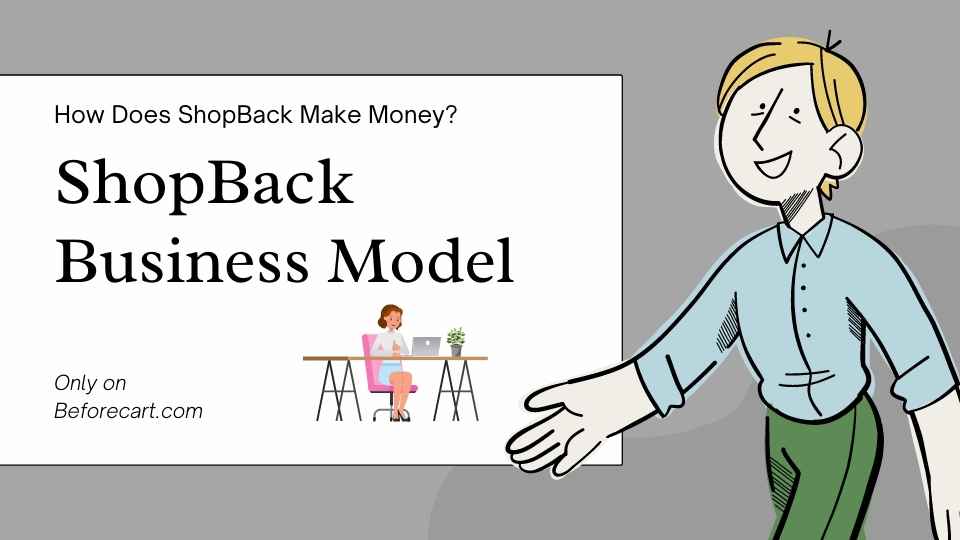Artificial intelligence (AI) is rapidly becoming a game-changer in many industries, and OpenAI has been at the forefront of that trend. The company, founded in 2015, is known for its cutting-edge research and development of AI technologies, such as the image generation model Dall-E and its text bot ChatGPT. But who are the driving forces behind OpenAI, and how did they come together to create this powerful AI organization?
The Origins of OpenAI: A Dinner Conversation between Elon Musk and Ilya Sutskever
Table of Contents
The story of OpenAI begins with a dinner conversation between Tesla and SpaceX founder Elon Musk and AI researcher Ilya Sutskever at a hotel in Silicon Valley. The two men, who had long been concerned about the potential dangers of advanced AI, discussed the impact of AI on Musk’s companies and society as a whole.
Credits: OpenAI | YouTube
The dinner was arranged by Sam Altman, a friend of Musk and the president of the startup accelerator Y Combinator.
Building the Dream Team: Recruiting Top AI Scientists to Found OpenAI
To advance digital intelligence for the benefit of humanity, Musk, Altman, and Sutskever recruited some of the world’s leading AI scientists, including Trevor Blackwell, Vicki Cheung, Andrej Karpathy, Durk Kingma, John Schulman, Pamela Vagata, and Wojciech Zaremba, to be the founding members of OpenAI.

On December 11th, 2015, the organization was officially announced as a non-profit research company to conduct research without the constraint of financial gain.
The Birth of OpenAI: A Non-Profit Organization with a Mission to Benefit Humanity
Initially, OpenAI was supported by a $1 billion donation from Musk, Altman, and other high-profile donors such as Reid Hoffman, Jessica Livingston, Peter Thiel, Amazon Web Services (AWS), Infosys, and YC Research. However, as the organization grew and focused on developing open-source tools and commercial applications for AI, it shifted to a for-profit business model.
Recommended: Secrets of OpenAI Business Model
Adjusting to the Evolving AI Industry: The Transition to a For-Profit Business Model
In 2019, OpenAI announced that it would spin off its commercial AI development into a new for-profit company, with the original non-profit foundation remaining independent to focus on pure research. The new company was initially owned by Microsoft, which held a 49 percent stake, and existing shareholders, who held the remaining 51 percent.
Recommended: ChatGPT has accomplished what has been impossible for large companies in the past.
Microsoft’s Investment in OpenAI: A Strategic Partnership for the Future of AI
Microsoft’s investment in OpenAI was a strategic move as the tech giant looks to expand its AI capabilities and compete with other industry leaders like Google and Amazon. The partnership between OpenAI and Microsoft has yielded promising results, with the two organizations collaborating on developing GPT-3, a state-of-the-art AI language model.
Collaboration and Innovation: The Development of GPT-3 and Other Cutting-Edge AI Technologies
OpenAI is the brainchild of Elon Musk, Sam Altman, and Ilya Sutskever, who came together to form a non-profit organization to advance AI in a way that would benefit humanity. With the support of prominent donors and the strategic partnership with Microsoft, OpenAI has become a significant player in the AI industry and is poised to continue shaping the future of AI technology.
The impact of OpenAI on the AI industry and society is significant.
The organization’s cutting-edge research and development of AI technologies has pushed the boundaries of what is possible with AI and continues to be a leader in the field. OpenAI’s open-source tools and commercial applications for AI are being used by companies and organizations across many industries, from healthcare to finance to transportation. This drives innovation and economic growth and creates new opportunities for people and communities.
The Future of OpenAI and its Role in Advancing AI for the Benefit of Humanity
As OpenAI continues to evolve and expand, its role in advancing AI for the benefit of humanity will become even more critical. The organization’s foundation will continue to focus on pure research and ensure that the development of AI aligns, intending to benefit humanity as a whole. In partnership with Microsoft, the for-profit company will continue to drive innovation and commercialization of AI technologies, making them more accessible to a broader range of people and organizations.
Frequently Asked Questions:
Who are the driving forces behind OpenAI?
The driving forces behind OpenAI are Elon Musk, Sam Altman, and Ilya Sutskever, who came together to form a non-profit organization to advance AI in a way that would benefit humanity.
What is the goal of OpenAI?
The objective of OpenAI is to enhance digital intelligence in a manner that maximizes the benefit for humanity without the constraint of generating financial gain.
How did OpenAI begin?
The origins of OpenAI can be traced back to a dinner conversation between Tesla and SpaceX founder Elon Musk and AI researcher Ilya Sutskever. The two men, who had long been concerned about the potential dangers of advanced AI, discussed the impact of AI on society as a whole. The dinner was brokered by Sam Altman, a friend and the president of the startup accelerator Y Combinator.
How did Microsoft become involved with OpenAI?
In 2019, OpenAI announced that it would spin off its commercial AI development into a new for-profit company, with the original foundation remaining independent to focus on pure research. The new company was initially owned by Microsoft, which held a 49 percent stake, and existing shareholders, who held the remaining 51 per cent. Microsoft’s investment in OpenAI was a strategic move as the tech giant looks to expand its AI capabilities and compete with other industry leaders like Google and Amazon.
Conclusion: OpenAI’s Journey from a Dinner Conversation to a Major Player in the AI Industry
OpenAI’s journey from a dinner conversation to a major player in the AI industry is truly remarkable. The organization’s founders, Elon Musk, Sam Altman, and Ilya Sutskever, had the vision to create a non-profit organization that would advance AI in a way that would benefit humanity. With the support of prominent donors and the strategic partnership with Microsoft, OpenAI has grown into a powerful force in the AI industry. The organization’s cutting-edge research and development of AI technologies, such as the image generation model Dall-E and its text bot ChatGPT, have pushed the boundaries of what is possible with AI and continue to shape the future of the field.
The impact of OpenAI on the AI industry and society is significant and far-reaching. Its open-source tools and commercial applications for AI are being used by companies and organizations across many industries, driving innovation and economic growth.
I hope you enjoyed this article. You may write in the comment section below if you have any doubts regarding this post.
Thanks for reading!





